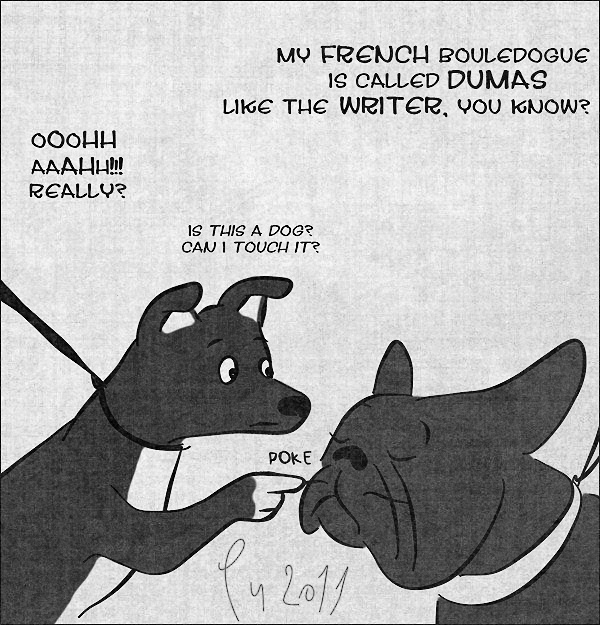One of the things I have acknowledged about Iceland is the fact many Icelanders have a somewhat not yet fully developed relationship with pets, dogs in special way. I reckon more than a few locals stupidly — yes! — consider pets as luxury products, like cars, designer knick-knacks and other ornaments. They get a pet and they treat it as if the poor critter was not an animal, but an item whose reason to be is to pamper their narcissistic tendencies. Perhaps this cultural gap is going to be filled in the next future and thankfully even now there are many exceptions to this trend.
The attitude of Icelanders towards money is clearly reflected in the extreme care they put into adorning their houses. As a dog owner, I had several occasions to notice how the same attention they seem to put into the care of the spaces they inhabit — an admirable trait, with no doubt — converges in the care they put into choosing their dog. Choosing a dog, a companion! Just writing this seems an absurd notion to me. I was educated to consider a dog like a friend, not like something you are supposed to choose as you do with any other item. A dog is someone, a fellow creature, another living being whose appearance and breed isn’t really relevant to develop a relationship. Choosing a dog breed over another always felt to me like practical application of Nazi eugenics: questionably unnatural and arrogant, to say the least.
It feels incredibly paradoxical that in a country whose natural element is such a crucial aspect in the development of consciousness there must be at the same time such a high level of sophistication concerning the relationship human/domesticated animal and such a sparseness of actual compassionate understanding. However, I assume, the paradox is only apparent. There must be a coherence of some sort in it: from an extreme to the other, humans often have the tendency to ignore the wisdom that lies in mediocrity. If nature as a whole is overwhelming and threatening, we can at least tie up and make ours the phenomena that more easily show signs of weakness. Human awareness of the dangers represented by Iceland’s nature and animals’ treatment are, in a rather disturbingly coherent way, inversely proportional.

Therefore, Iceland’s newly discovered fondness for caninity could be easily summed up with the abundance of posh dogs roaming the streets under strict control. What’s a posh dog? It’s hard to give an answer. Looking at sizes, certificates and other trivial details would give you an idea, but it wouldn’t probably be enough. Posh dogs are posh dogs: you recognize them without giving a description. The definition embraces a variety of breeds and characters. However, as you look at them, they’re all equally subdued, nervous, confused perhaps about their own role and intentions, like bad actors out of character: more than mere self-propelled playthings, less than actual companions.